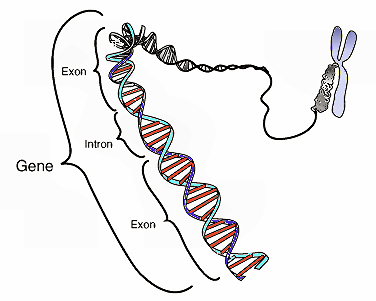December 31, 2013 report
Researchers use Neutral SNVs to estimate human population growth

(Medical Xpress)—A team of US researchers from several universities has used single nucleotide variants (SNVs) to estimate human population growth. In their paper published in Proceedings of the National Academy of Sciences, the researchers describe how they applied principal component analysis (PCA) to whole-genome genotyping to a dataset of 9,716 people of European ancestry from the Atherosclerosis Risk in Communities (ARIC) database and found evidence that suggests a human population growth rate of approximately 3.4 percent over the past 140 generations.
Historical evidence suggests human population growth has been rapid, particularly in the past 2000 years. Because of that, it would appear logical to assume that large numbers of genetic variants should be rare. That means that it should be possible to conduct gene sequencing on a wide variety of people and use the information found to arrive at a population growth rate for the human species as a whole.
Current methods of estimating the entire worldwide population (and how fast we're multiplying) are based on a wide variety of numbers and sources, one of which is a calculation of the human population growth rate. Doing so presents a problem however, as human population growth rates have traditionally been calculated using historical data and more recently, by using protein-coding genes. But that allows for the impact of natural selection, which distorts the actual rate. To get around that, the researchers with this new effort used PCA, a type of genotyping that allows for targeted sequencing, or as they put it, they "examined genetic variants far from genes."
To calculate the population growth rate, the researchers knew they would need a large sample size—to gain access to one, they used the ARIC database—it holds genetic information about European ancestry for people tested for atherosclerosis risk. The entire data set consisted of information on 9,716 people—from them 500 were extracted (in a way to insure the dataset was homogenous) and used as the basis for genetic sequencing. The result, a 3.4 percent growth rate over 140 generations of people (approximately 3000 to 4000 years) representing an increase in population size of two orders of magnitude.
Of course, as with any new metric, the new method will have to be vetted and likely replicated by others before officials throughout the world begin using it as a yardstick for population growth and for estimating population size in general.
More information: Neutral genomic regions refine models of recent rapid human population growth, PNAS, Elodie Gazave, DOI: 10.1073/pnas.1310398110
Abstract
Human populations have experienced dramatic growth since the Neolithic revolution. Recent studies that sequenced a very large number of individuals observed an extreme excess of rare variants and provided clear evidence of recent rapid growth in effective population size, although estimates have varied greatly among studies. All these studies were based on protein-coding genes, in which variants are also impacted by natural selection. In this study, we introduce targeted sequencing data for studying recent human history with minimal confounding by natural selection. We sequenced loci far from genes that meet a wide array of additional criteria such that mutations in these loci are putatively neutral. As population structure also skews allele frequencies, we sequenced 500 individuals of relatively homogeneous ancestry by first analyzing the population structure of 9,716 European Americans. We used very high coverage sequencing to reliably call rare variants and fit an extensive array of models of recent European demographic history to the site frequency spectrum. The best-fit model estimates ∼3.4% growth per generation during the last ∼140 generations, resulting in a population size increase of two orders of magnitude. This model fits the data very well, largely due to our observation that assumptions of more ancient demography can impact estimates of recent growth. This observation and results also shed light on the discrepancy in demographic estimates among recent studies.
© 2013 Phys.org














